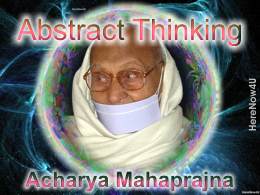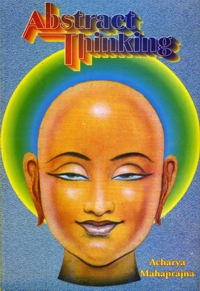
Anekanta has expounded and presented before us both points-of-view - the subtle and the gross. One of these is the transcendental view and the other is the empirical view. In order to know the subtle truths, one must take recourse to the transcendental; and for gross rules one must rely upon the empirical view. When both these approaches are relative, coordinated, we arrive at the truth that diversity and unity are not different, but synthesized with each other. A great current of synthesis flows before us. Supported by that mighty current, the Jain Acharyas of the Middle Ages accomplished a great task and cleared the way for synthesis with every philosophy.
One Jain Acharya writes that there is no difference between the soul and matter, excepting a single qualitative difference. The soul is conscious - matter is not. The soul has innumerable qualities and so has matter among those innumerable qualities, only the quality of consciousness differentiates the two; otherwise there is no difference. This is a very important statement. When among innumerable qualities there is resemblance in all except one, it means all are at par. There is a great deal of identity. There is only one prime differentiating quality.
 Acharya Mahaprajna
Acharya Mahaprajna

